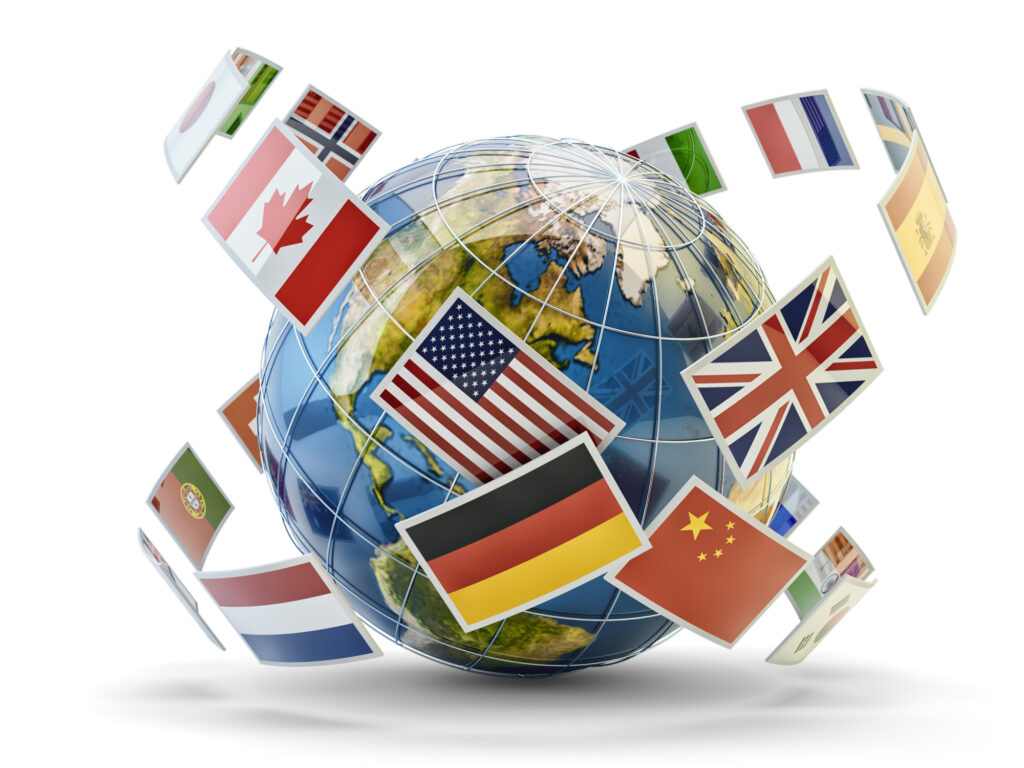
Grades K-2, 3-5

Don't have an account yet? Sign up for free
Don't have an account yet? Sign up for free


With the start of the new year in 2002, the 12 members of the European Union launched a single currency across their borders, replacing individual country currencies and singling out the Euro as their one shared monetary denomination. Marketplace, a daily economics news program heard on National Public Radio, featured a story on January 2, 2002 about the currency change of the landmark event. (This lesson should be used as an introduction to this topic. There is another Economics Minute The Euro Makes its Debut that would be a good follow-up to this lesson.)
With the start of the new year in 2002, the 12 members of the European Union launched a single currency across their borders, replacing individual country currencies and singling out the Euro as their one shared monetary denomination. Marketplace, a daily economics news program heard on National Public Radio, featured a story on January 2, 2002 about the currency change of the landmark event. (This lesson should be used as an introduction to this topic. There is another Economics Minute—“The Euro Makes its Debut” –that would be a good follow-up to this lesson.)
Why is this change so important? How will having a single currency influence consumer behavior in the European Union? Why did the countries that declined making the change do so? In this lesson you will explore these questions to determine what you would do if you were a member of the European Union.
Activity One:
Discuss trips you or your classmates have taken to destinations outside the United States.
Alternative Activity:
If you have not had the opportunity to travel abroad, look at the pre-Euro currencies of various countries. Take some time to explore currency sites you can find. Challenge yourself to find samples of the different types of currency found in European countries before the changeover to the Euro. You can use the National Geographic Xpeditions Atlas to print out a map of Europe and list the appropriate currency with each country. Once you have had a chance to see the wide variety of currencies, redirect the discussion to what would happen if you traveled from one country to another in Europe and needed to purchase goods or services in each different country.
Activity Two:
Have students read the Marketplace article on the Euro to learn about the introduction of the Euro in the economies of these twelve countries:
[Note: For more information on the Euro use the https://ec.europa.eu/commission/index_en website.]
Activity Three:
Visit the https://www1.oanda.com/currency/converter/ and make some calculations as to what your money would have been worth in a variety of European currencies (Deutschmarks, Lira, Francs, Dutch Guilders, etc.) prior to the adoption of the Euro. How much would $20 have been "worth" in the year 2000 in the various countries? How much is it “worth” today?
Have your students go through the interactive activity European Shopping Adventure.
European Shopping Adventure outline
Suppose you are taking a trip to Europe just before the currency switch. You plan to visit Germany, France, and Italy. You have $200 to spend on souvenirs while you are there, but you’ll have to exchange your U.S. Dollars for each country’s currency while you are traveling. Complete the following problem sets to see what you can buy, and how much money you’ll have when you return.
First Stop – Paris France!
In France, you exchange $100 for Francs. The exchange rate at the time is 7.51 : 1, which means for every dollar you get 7.51 Francs.
Go Shopping.
Here you find the latest in French fashion. Buy a t-shirt for 97.74 Francs and a pair of French jeans for 163.33 Francs. Stop of in the candy shop on your way back to the hotel for a collector’s box of French chocolate. Pay 261.76 Francs for the chocolate.
On to Germany! Let’s go to Hamburg.
In Germany, you exchange $40 for Deutschmarks – the currency of Germany. The exchange rate at the time of your trip is 2.26 Marks for every U.S. dollar.
Go Shopping
Your stop in Germany is only one day. You barely have time to see the sights of Hamburg, but you do find one little souvenir shop that has a great book with pictures of many other beautiful spots in Germany. The book costs 55 Marks.
Uh oh, the train leaves in 10 minutes. Run for it!
Ah, Italy!
After a long train ride you arrive in Florence, Italy, where you will spend a few days traveling to various cities nearby. Exchange some money to get you started. You’ll exchange the last $60 of your $200 at a rate of 223.72 Lira for every dollar.
Go Shopping
While touring Florence, you notice that cameos are a very popular item made here. They are beautifully carved from shells. Your grandmother loves cameos, so you decide to get one for her. The cost is 223,717 Lira! Do you have enough? You certainly don’t have enough Lira, but what about all the other currencies you have left over from France and Germany? How can you figure out what you have? Are you tired yet?
STOP
Stop for a minute and talk about this with your group or class. What is likely to happen to you as a traveler at this moment? Are you likely to try to figure out what you have in your pockets, or are you likely to give up and not make the purchase? How can having a single currency help you as the consumer and the businesses you are visiting as producers? Let’s take a look at what the situation would be like if there were a single currency.
Francs, Marks, Lira… HELP!
Let’s see what would have happened if you delayed your trip until the Euro was the standard currency in all these countries…
Let’s go back to the beginning. In France, you exchanged $100 and got 751.39 Francs. What if you just exchanged all your spending money ($200) for Euros? At the time of the currency change, you would have gotten 1.12 Euros for each of your U.S. Dollars. That equates to 224 Euros. Now, let’s see how the shopping would have gone:
What are the advantages to having one currency. How is your behavior as a consumer likely to be affected positively by this change? [Consumers will be more comfortable in switching from one country to another, more confident about their purchases, and thus, more likely to travel throughout Europe and consume a variety of goods and services. Discuss with students that there are other advantages to this change aside from their own comfort level.]
Discuss the following questions with a group:
Activity Four:
Have students work independently or in small groups to read some of the news articles of the time that describe the transition. Specific items they should look for include the following:
What are the denominations of the new currency? (Coins: .01, .02, .05, .1, .2, .5, 1, 2 Euros; Bills: 5, 10, 20, 50, 100, 200, 500 Euros)
Sites:
https://money.cnn.com/magazines/fortune/fortune_archive/2001/12/10/314702/index.htm
http://www.washingtonpost.com/wp-dyn/business/specials/euro/
Costs and Benefits of the Euro
In this lesson you studied the changeover from multiple currencies to a single one.
If you have not had the opportunity to travel abroad, look at the pre-Euro currencies of various countries. Take some time to explore currency sites you can find using sites such as the https://www.theibns.org/joomla/index.php . Challenge yourself to find samples of the different types of currency found in European countries before the changeover to the Euro. you can use the National Geographic Xpeditions Atlas to print out a map of Europe and list the appropriate currency with each country. Once you have had a chance to see the wide variety of currencies, redirect the discussion to what would happen if you traveled from one country to another in Europe and needed to purchase goods or services in each different country.
Pretend that you represent one of the countries that did not change to use of the Euro in January 2002. Present an argument to the people of your country as to why you should now make the change, or why you should remain steadfast in your resolve not to join the other countries in the EMU. Include references to influences such as tourism, international trade, political sentiment, domestic financial issues, etc. [Students should present arguments that discuss more than the appearance of the coins or the ease of individual consumers to buy various goods and services. Look for evidence of student understanding in the areas of international trade and domestic finance. Possible arguments against adoption could be the loss of control over individual countries’ fiscal policy. One central bank will influence the economies of each individual country.]

Grades K-2, 3-5

Content Partner
Grades 6-8, 9-12

Grades 9-12

Grades 9-12
